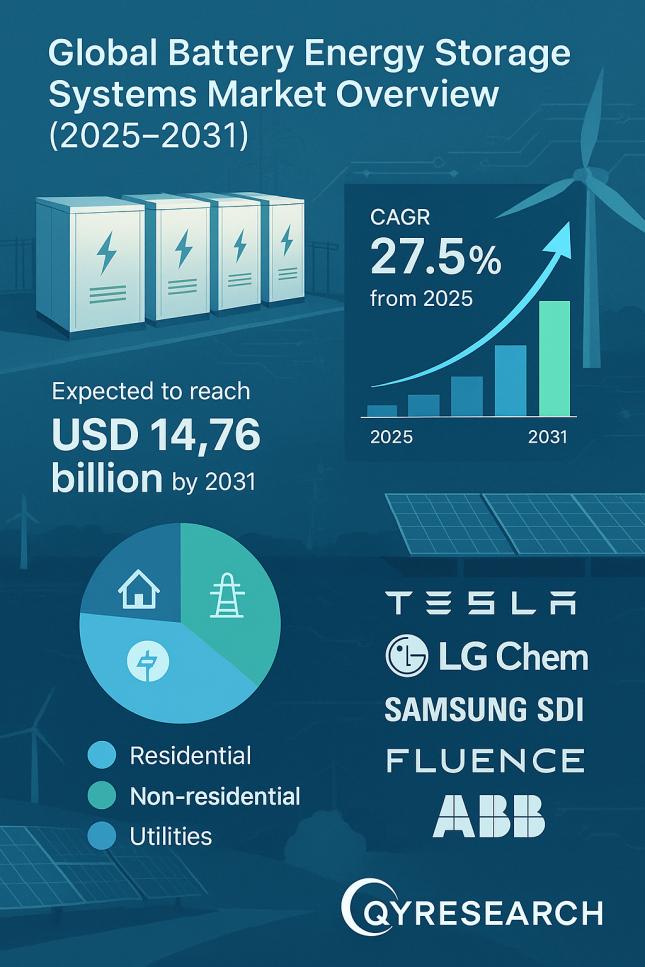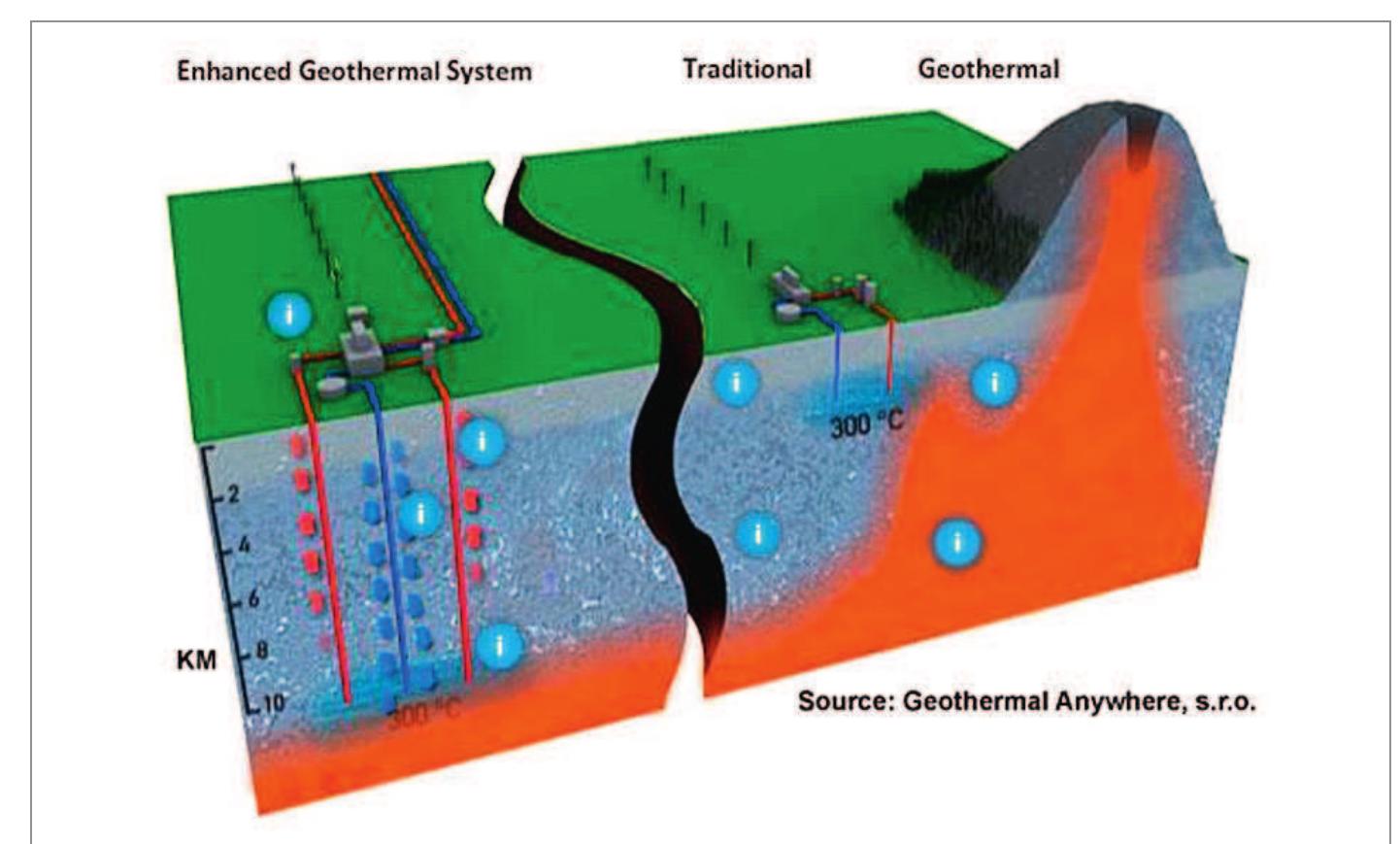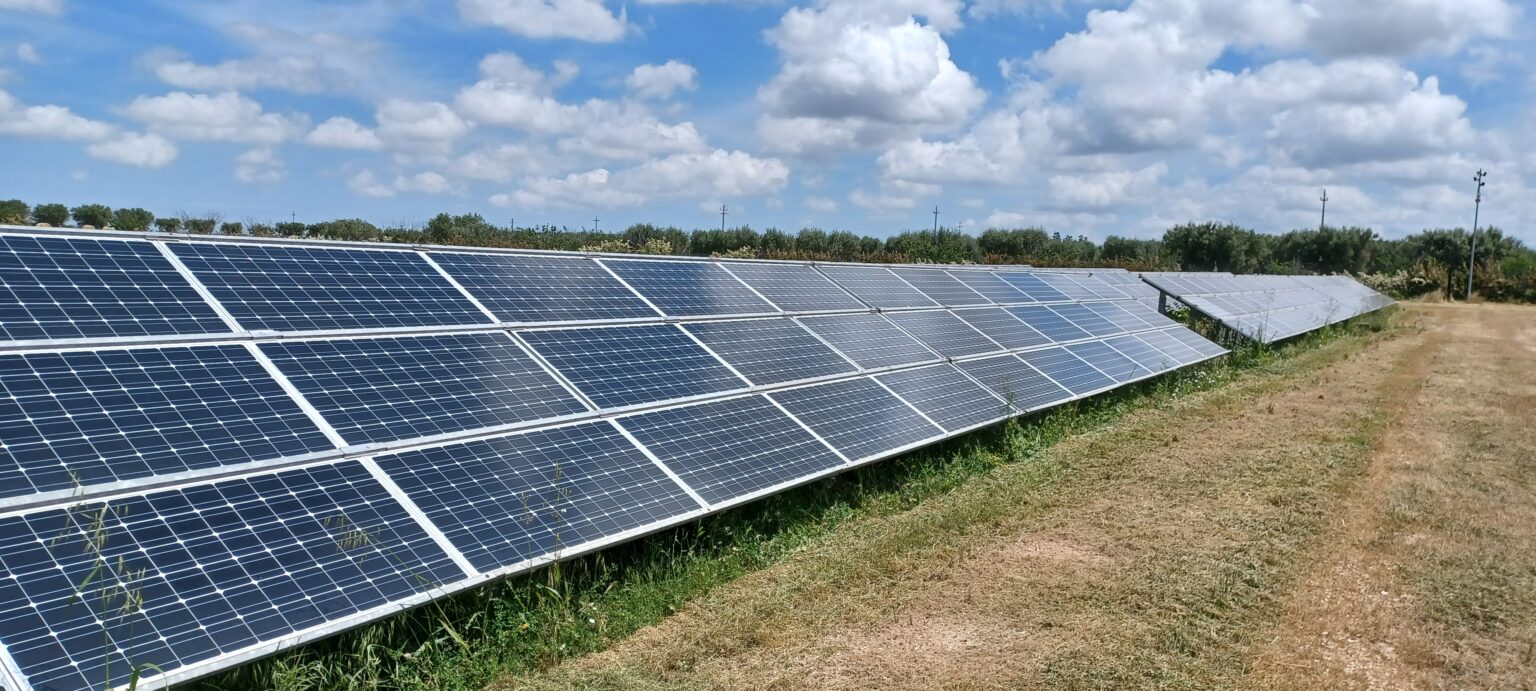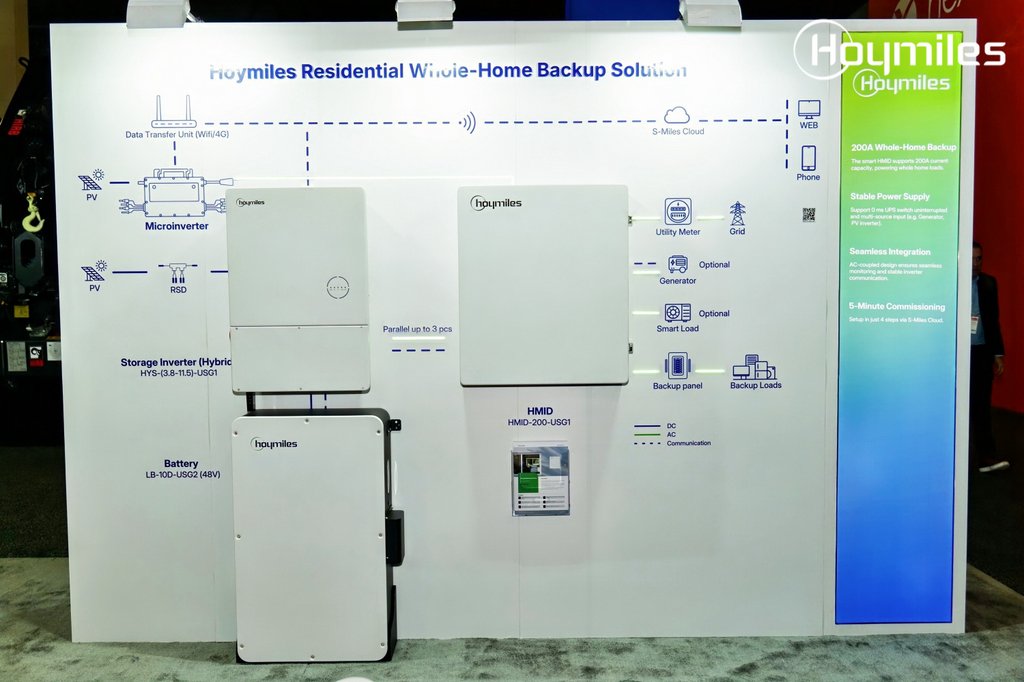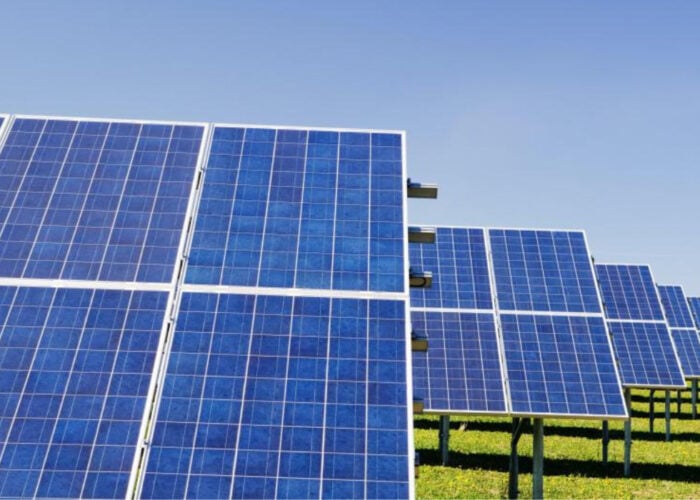Project Overview and Strategic Importance
A joint venture between Orlen Group and Northland Power has achieved a significant milestone with the installation of the first 15-megawatt wind turbine for the Baltic Power project. This development marks a critical phase in a project poised to reshape Poland’s energy sector. The initiative is central to diversifying national power generation sources, reducing dependence on fossil fuels, and enhancing long-term energy resilience, particularly in the context of current geopolitical instability. The project provides foundational expertise for the development of future offshore wind farms outlined in Orlen’s strategic plan.
Contribution to Sustainable Development Goals (SDGs)
The Baltic Power project directly supports and advances several United Nations Sustainable Development Goals (SDGs) through its design, execution, and long-term objectives.
SDG 7: Affordable and Clean Energy
- The farm will generate clean, renewable electricity, significantly increasing the share of renewables in Poland’s energy mix.
- Upon its scheduled operational commissioning in 2026, it is projected to cover up to 3 percent of the country’s electricity demand.
- This initiative is a core component of Poland’s strategy to move away from fossil fuels and secure a sustainable energy future.
SDG 13: Climate Action
- As Poland’s first offshore wind farm, the project represents a direct and substantial action to combat climate change by providing large-scale, zero-emission power.
- It serves as a cornerstone for the nation’s energy transition and decarbonization efforts.
- Orlen Group’s commitment to developing an additional 5.5 gigawatts of capacity underscores a long-term strategy for climate change mitigation.
SDG 9: Industry, Innovation, and Infrastructure
- The project involves the installation of Vestas 15-megawatt units, the largest and most technologically advanced offshore wind turbines currently being installed in Europe.
- It promotes the development of resilient and sustainable energy infrastructure, including offshore substations and a dedicated onshore operations and maintenance base in Leba.
- The engineering and logistical complexities of the project foster innovation and build critical expertise within the national industry.
SDG 12: Responsible Consumption and Production
- In a first for wind farm development, some of the Baltic Power turbine towers are constructed using recycled steel.
- This pioneering use of sustainable materials promotes circular economy principles and sets a new standard for responsible production patterns within the renewable energy sector.
SDG 8: Decent Work and Economic Growth
- The project stimulates local economic growth by prioritizing domestic manufacturing and supply chains.
- Key components, including turbine nacelles, are manufactured in Poland at the new Vestas facility in Szczecin.
- The construction of the operations and maintenance base in Leba creates sustained, long-term employment opportunities, contributing to local economic development.
SDG 17: Partnerships for the Goals
- The project is a model of effective international collaboration, uniting the Polish Orlen Group and the Canadian Northland Power.
- It relies on a complex global partnership involving technology providers like Vestas and specialized installation contractors such as Cadeler, demonstrating how multi-stakeholder cooperation is essential to achieving large-scale sustainability objectives.
Technical Specifications and Project Execution
Turbine and Infrastructure Details
- Turbine Model: Vestas 15-megawatt units.
- Tower Height: Exceeds 120 meters (393 feet).
- Total Structure Height: Reaches 250 meters (820 feet) from the seabed.
- Blade Length: 115 meters (377 feet).
- Swept Area: 43,700 square meters (470,380 square feet) per turbine.
Installation and Logistics
- The installation of all 74 turbines is being carried out by the jack-up vessel *Wind Osprey*, which transports three complete turbine sets per voyage from the Port of Ronne.
- Concurrent construction activities include the installation of monopile foundations, transition pieces, and inter-array and export cables.
- Offshore substations are scheduled for installation in autumn.
- Onshore, the construction of the project’s operations and maintenance base in Leba was completed in April.
SDGs Addressed or Connected to the Issues Highlighted in the Article
SDG 7: Affordable and Clean Energy
- The article focuses on the Baltic Power project, an offshore wind farm. This directly supports the transition to clean and renewable energy sources. The text states the project is “reshaping the Polish energy landscape” and will help in “reducing dependence on fossil fuels.”
SDG 9: Industry, Innovation and Infrastructure
- The project is described as a “massive engineering and logistical challenge” involving the construction of significant new infrastructure, including 74 wind turbines, offshore substations, and an operations base. It also highlights innovation, such as the use of “15-megawatt wind turbines,” which are the “largest… to be installed in Europe,” and the use of “recycled steel” in turbine towers.
SDG 13: Climate Action
- By generating electricity from wind, the project directly contributes to climate change mitigation. The article emphasizes that “Diversifying our power generation sources and reducing dependence on fossil fuels are crucial steps” and that this project represents a move away from reliance on hydrocarbons, which is a key climate action strategy.
SDG 12: Responsible Consumption and Production
- The article mentions a specific sustainable practice in the construction process. It notes that “Some Baltic Power turbine towers are constructed from recycled steel, a first in wind farm development,” which aligns with the goal of promoting sustainable production patterns and reducing waste.
SDG 8: Decent Work and Economic Growth
- The project promotes economic growth through technological upgrading and diversification of the energy sector. The article highlights the “local content” aspect, stating that “many components, including some of the nacelles, are manufactured right here in Poland at the Vestas new plant in Szczecin,” which supports local industry and employment.
Specific Targets Under Those SDGs Identified Based on the Article’s Content
Target 7.2: By 2030, increase substantially the share of renewable energy in the global energy mix.
- The article directly addresses this target by stating that the Baltic Power offshore wind farm “will be capable of covering up to 3 percent of Poland’s electricity demand” with clean energy. It also mentions Orlen Group’s plans for “additional projects with a total capacity of approximately 5.5 gigawatts,” indicating a long-term commitment to increasing the renewable energy share.
Target 9.1: Develop quality, reliable, sustainable and resilient infrastructure…
- The construction of the offshore wind farm is a clear example of developing new, sustainable energy infrastructure. The project’s scale, involving turbines reaching 250 meters in height and the installation of offshore substations, directly contributes to this target.
Target 9.4: By 2030, upgrade infrastructure and retrofit industries to make them sustainable…
- The use of “recycled steel” in the construction of turbine towers is a specific example of upgrading industrial processes to be more sustainable, directly aligning with this target’s objective.
Target 13.2: Integrate climate change measures into national policies, strategies and planning.
- The project is presented as a strategic initiative to enhance “long-term energy resilience” and end “the region’s reliance on Russian hydrocarbons.” This demonstrates the integration of climate-friendly energy projects into national energy strategy and planning to achieve geopolitical and environmental goals.
Target 12.5: By 2030, substantially reduce waste generation through prevention, reduction, recycling and reuse.
- The article’s mention that “Some Baltic Power turbine towers are constructed from recycled steel” is a direct application of recycling in a major industrial project, contributing to the reduction of waste and the promotion of a circular economy.
Indicators Mentioned or Implied in the Article
Indicator for Target 7.2: Share of renewable energy in total final energy consumption.
- The article provides a specific metric: the wind farm will cover “up to 3 percent of Poland’s electricity demand.” This is a direct measure of the increased share of renewable energy.
Indicator for Target 9.1: Total investment in new infrastructure.
- While a total monetary value is not given, the article implies a massive investment through its description of the project’s components: 74 turbines of 15-megawatts each, towers over 120 meters high, nacelles “comparable in size to a three-story house,” and the use of specialized vessels like the Wind Osprey. The planned additional capacity of “approximately 5.5 gigawatts” also serves as an indicator of future investment.
Indicator for Target 12.5: National recycling rate, tons of material recycled.
- The specific mention of using “recycled steel” in turbine towers serves as a qualitative indicator of recycling practices being integrated into the production chain for this new infrastructure.
Indicator for Target 8.2: Manufacturing value added as a proportion of GDP and per capita.
- The article implies an increase in manufacturing value through its reference to “local content.” It specifies that components like “nacelles, are manufactured right here in Poland at the Vestas new plant in Szczecin,” which is a direct indicator of domestic manufacturing contributing to the economy.
Table of SDGs, Targets, and Indicators
| SDGs | Targets | Indicators |
|---|---|---|
| SDG 7: Affordable and Clean Energy | 7.2: Increase substantially the share of renewable energy in the global energy mix. | The wind farm will cover “up to 3 percent of Poland’s electricity demand”; plans for an additional 5.5 gigawatts of capacity. |
| SDG 9: Industry, Innovation and Infrastructure | 9.1: Develop quality, reliable, sustainable and resilient infrastructure. 9.4: Upgrade infrastructure and retrofit industries to make them sustainable. |
Installation of 74 large-scale (15-megawatt) wind turbines; use of “recycled steel” in turbine towers. |
| SDG 13: Climate Action | 13.2: Integrate climate change measures into national policies, strategies and planning. | Implementation of a large-scale renewable energy project as part of a national strategy to reduce dependence on fossil fuels. |
| SDG 12: Responsible Consumption and Production | 12.5: Substantially reduce waste generation through prevention, reduction, recycling and reuse. | Use of “recycled steel” in the construction of some turbine towers. |
| SDG 8: Decent Work and Economic Growth | 8.2: Achieve higher levels of economic productivity through diversification, technological upgrading and innovation. | “Local content” contribution, with components like nacelles being “manufactured right here in Poland.” |
Source: rigzone.com


